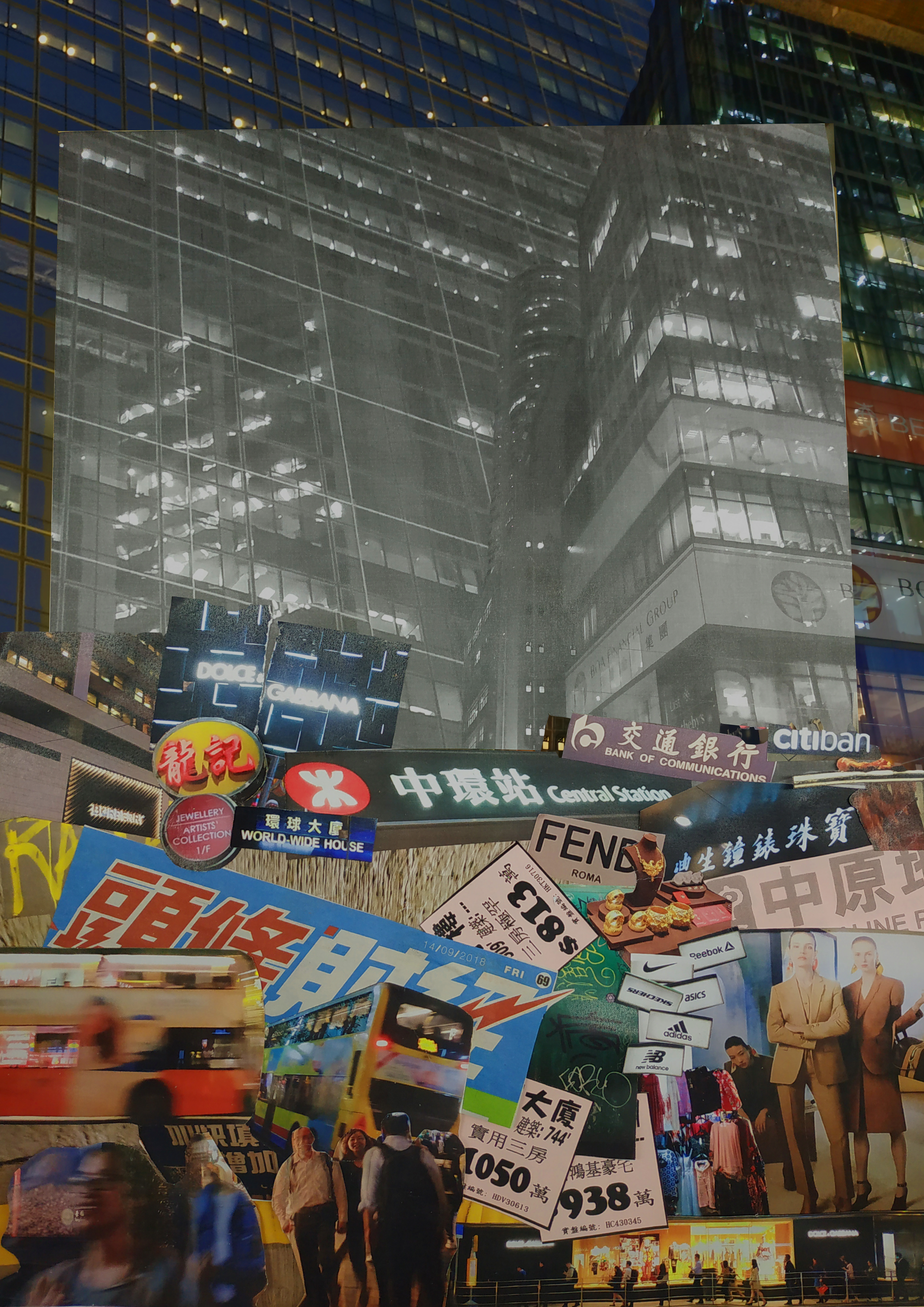Workshop 2: Interviewing Miggy Cheng
Question (Casey): The selection of texture, pattern, and palette is often regarded as a supplementary offset of the architecture or environment in the settings… Response (Miggy): Arghhh… not really… it may have been perceived as a secondary complementary, but that’s interesting, what makes you think that? Question (continued): Oh, cause I’ve noticed you mentioned in your presentation that the colorway, or saturation of the costumes should always merge with the background of the set in order to convey a sense of visual harmony and conformity to the audience. For example, in the 2012 movie Floating City, shads of navy blue is
